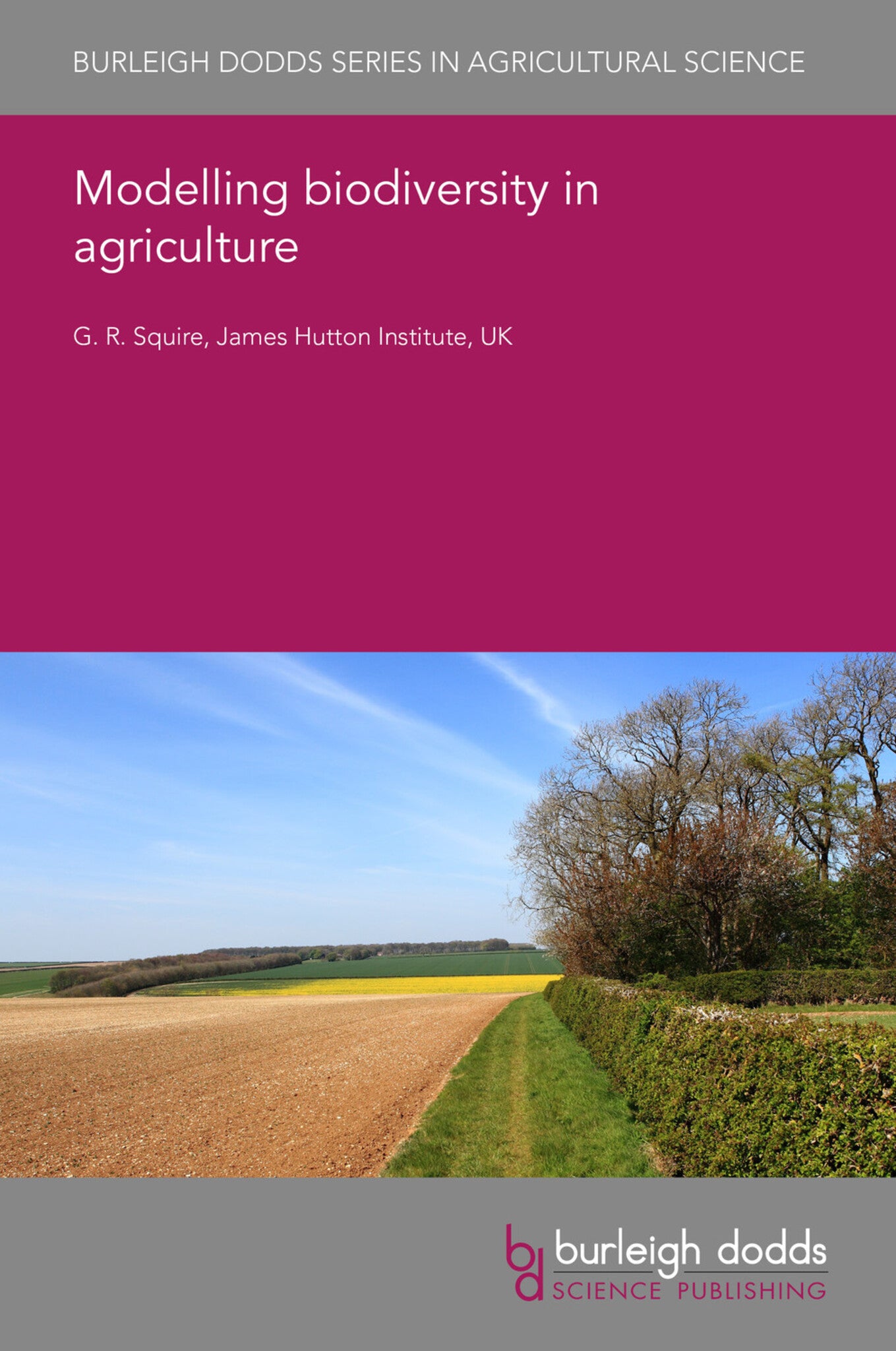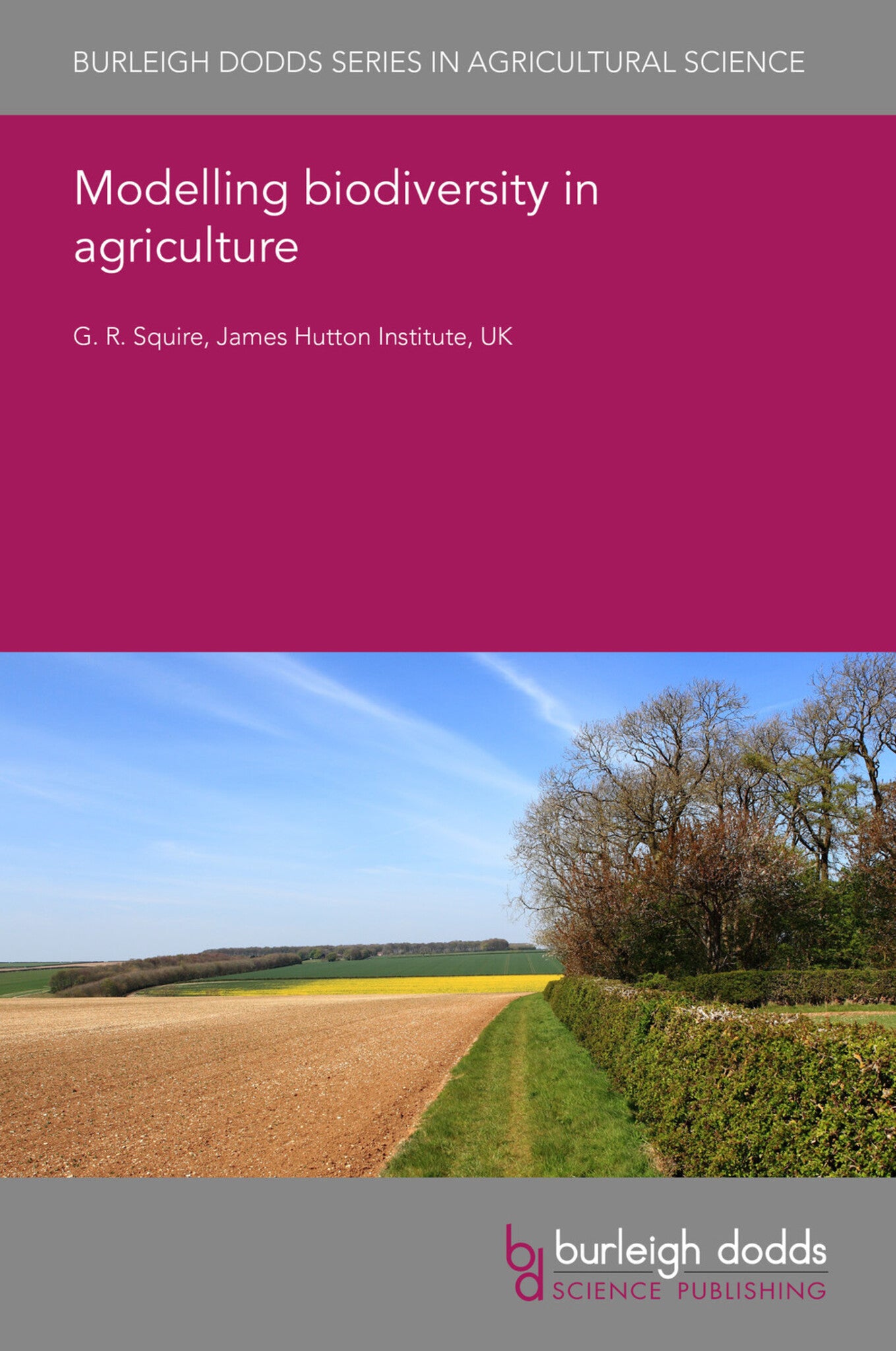We're sorry. An error has occurred
Please cancel or retry.
Modelling biodiversity in agriculture
Regular price
£25.00
Sale price
£25.00
Regular price
£0.00
Unit price
/
per
Sale
Sold out
Re-stocking soon
Models have been widely used in agricultural science to understand complexity, predict the consequence of change and extend knowledge to new scales. ‘Crop modelling’ began in the 1960s and is now w...
Read More

Some error occured while loading the Quick View. Please close the Quick View and try reloading the page.
Couldn't load pickup availability
- Format:
-
21 September 2020

Models have been widely used in agricultural science to understand complexity, predict the consequence of change and extend knowledge to new scales. ‘Crop modelling’ began in the 1960s and is now well advanced and applied globally, but is restricted to a few economic species. More recently, modelling has been expanded to cover biota as mediators of ecological process or as end-points for assessment of environmental status. This chapter looks at the range of modelling in biodiversity studies, including individual-based approaches that combine within- and between-species diversity, process-based models operating at plot, field and increasingly at landscape scales, integrated system models that seek optimal trade-offs between biodiversity and economic outputs, and global frameworks that combine the biophysical, economic, social and political forces acting on biodiversity. The chapter concludes with a more practical approach known as multi-attribute decision modelling that can be worked and applied by biodiversity managers and planners.

Price: £25.00
Publisher: Burleigh Dodds Science Publishing
Imprint: Burleigh Dodds Science Publishing
Series: Burleigh Dodds Series in Agricultural Science
Publication Date:
21 September 2020
ISBN: 9781786768438
Format: eBook
BISACs:
TECHNOLOGY & ENGINEERING / Agriculture / Sustainable Agriculture, Sustainable agriculture, NATURE / Ecosystems & Habitats / Plains & Prairies, TECHNOLOGY & ENGINEERING / Agriculture / Forestry, Plains and grasslands

1 Introduction 2 Interaction among individuals for place, space or resource 3 Process-based modelling 4 Trading biophysical, economic, social and political currencies 5 Whole-system multi-attribute decision modelling 6 Future trends and conclusion 7 Where to look for further information 8 References



